Today you can read a very small adapted excerpt from my Master’s thesis, which was about Australia’s domestic aviation market. This piece is about the airline failures since deregulation in 1990.
Since deregulation came into force in late 1990 in Australia, several new airlines commenced revenue passenger flights on the major trunk routes. Jetstar and Tigerair Australia exist today, but all other new entrants failed relatively shortly after startup. Pricing by the existing airlines were a driving force in their demise.
Compass Airlines is First After Deregulation
Compass Airlines commenced operations from 1 December 1990, after raising A$65 million in capital. It was headed by Brian Grey, the former head of regional East-West Airlines, with a mission to “operate five large aircraft servicing only seven major airports”.
Compass Airlines (Mk.II)
Another challenger, Southern Cross Airlines, decided to take on the defunct Compass branding as the perception was the public held goodwill towards it.
Impulse Airlines
Established in 1992, Impulse was a profitable regional carrier that decided to obtain five Boeing 717s and challenge the incumbent carriers from June 2000 on routes between Brisbane, Sydney and Melbourne. Fares featured no conditions, were fully flexible, and priced 50% cheaper than Ansett and Qantas.
Ansett Australia
Established in 1936, Ansett’s collapse on 12 September 2001 allowed Virgin Blue to expand quickly, holding approximately 30% of the domestic market by 2003, while Qantas also substantially increased its market share. Limited services resumed between 1 October 2001 and 4 March 2002, however plans to continue operations failed.
OzJet
Operating Boeing 737-200s in an all business class configuration with 60 seats, OzJet started operations on 29 November 2005 between Sydney and Melbourne, flying eight times daily. To entice the travel trade, agents were offered 5% commission on tickets, five times what Qantas were providing.
Overall Thoughts
Low-cost entrants have a troubled history in the Australian market. Inadequate capitalisation is a recurring theme. Even Tigerair, now profitable under Virgin Australia, is calculated to have lost US$226 million in the first seven years of operations in Australia.
The situation mirrors the United States, though on a smaller scale. Many new airlines started operations there and also failed for one reason or another.
Did you fly on any of Australia’s failed airlines? What were they like? Thanks for reading and if you have any comments or questions, please leave them below.
To never miss a post, follow me on Facebook, Twitter and Instagram.
All my flight and lounge reviews are indexed here so check them out!
Featured image by Aero Icarus from Zürich, Switzerland via Wikimedia Commons.
Compass images by Daniel Tanner via Airliners.net
Impulse image by David Pryde via Airliners.net
OzJet image by Montague Smith via Airliners.net


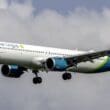

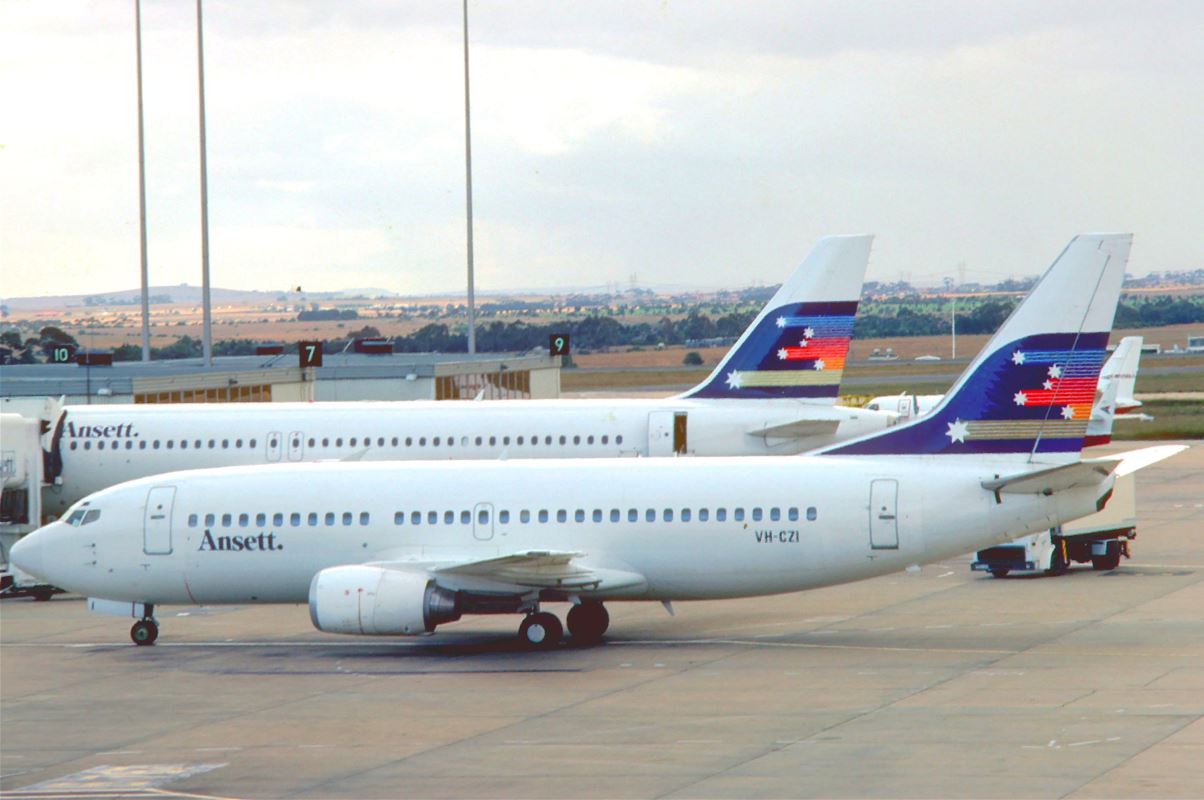
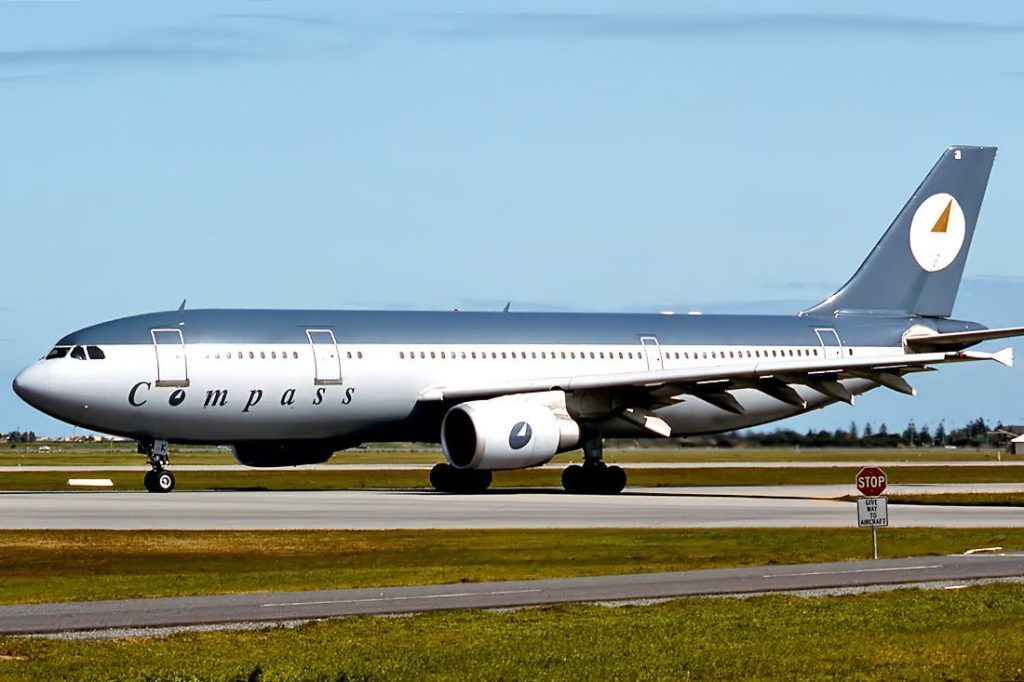
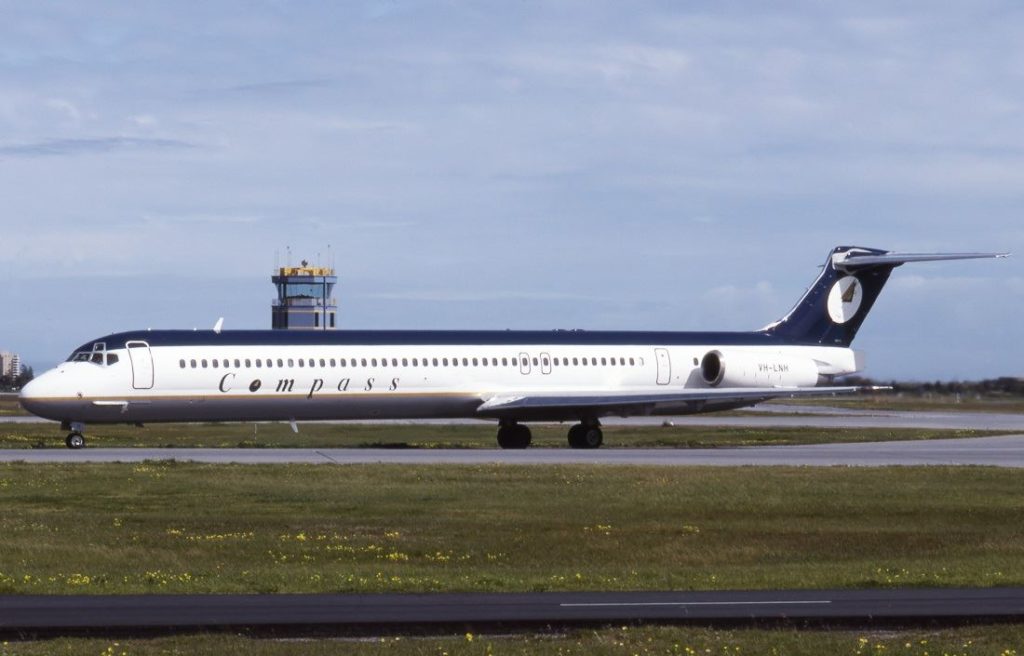
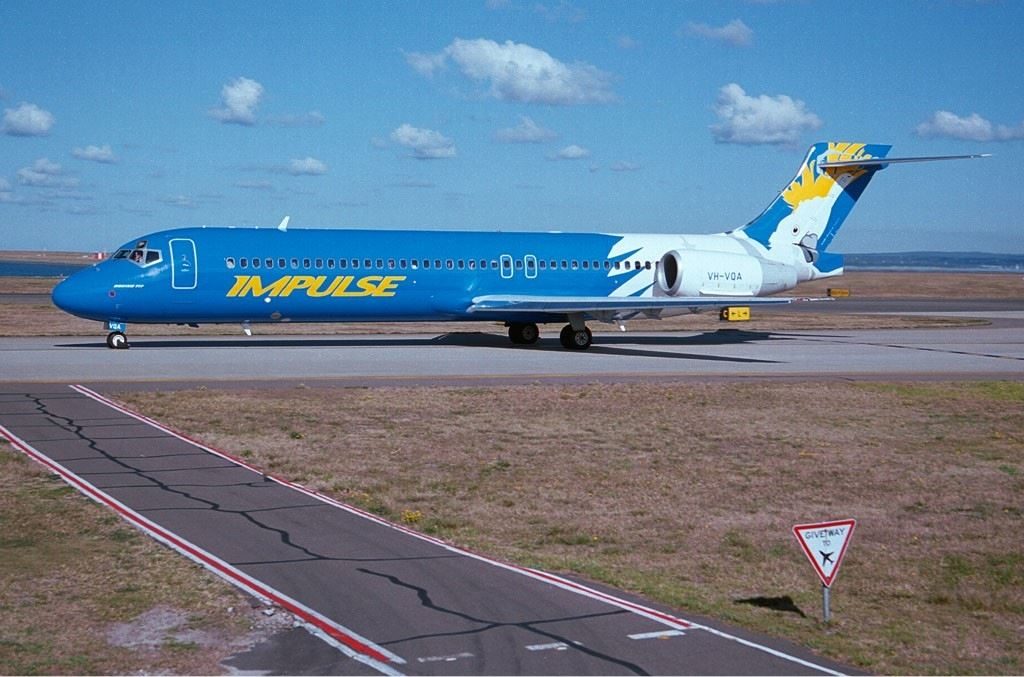
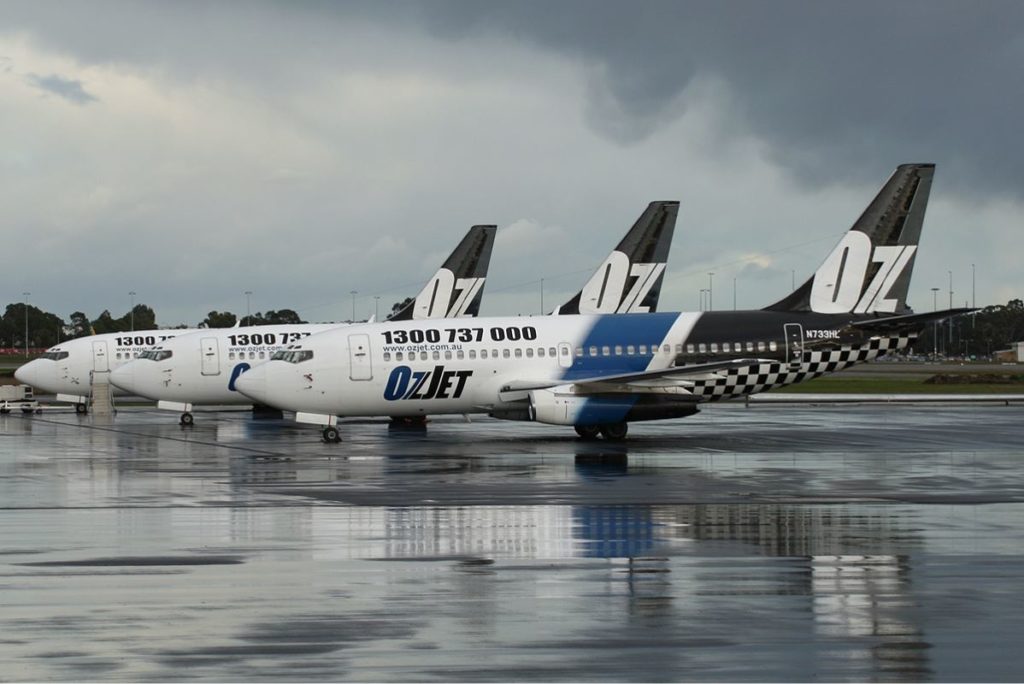
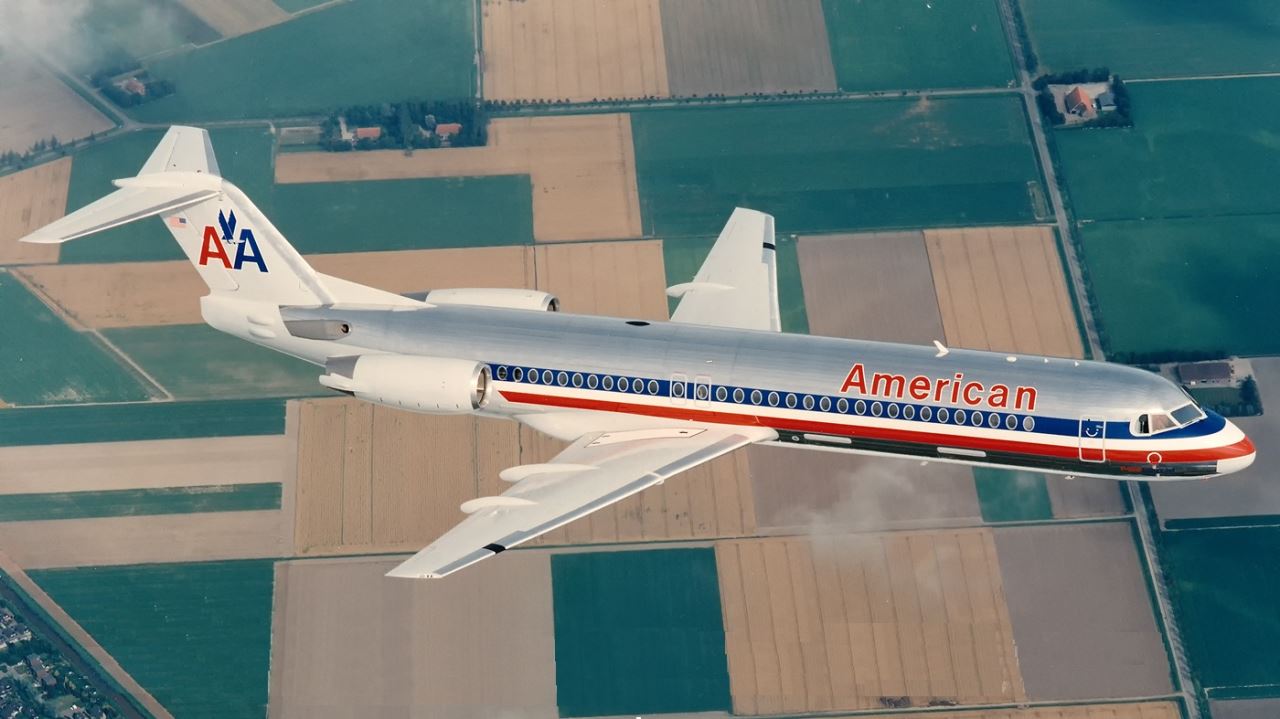

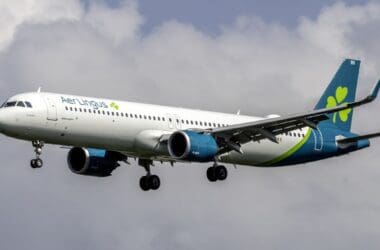
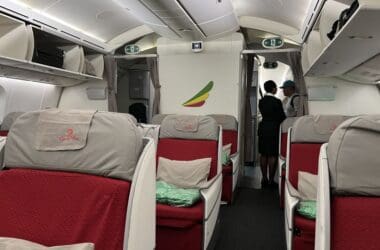
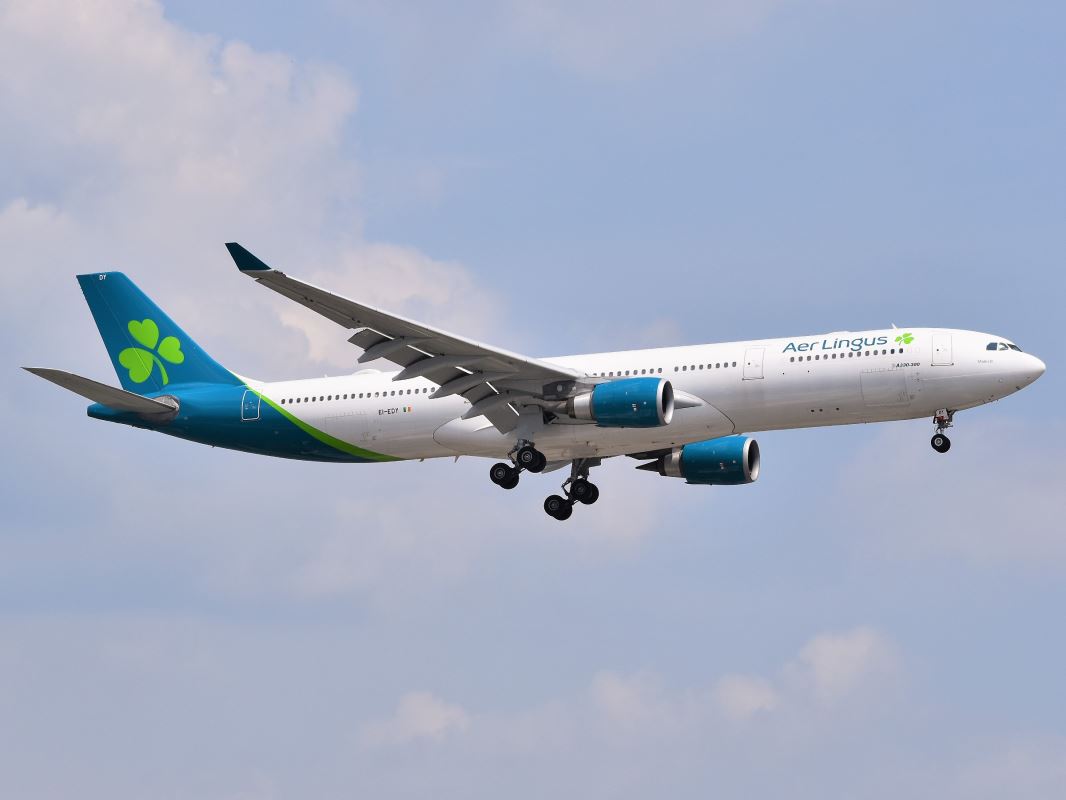
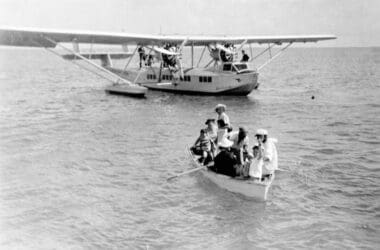
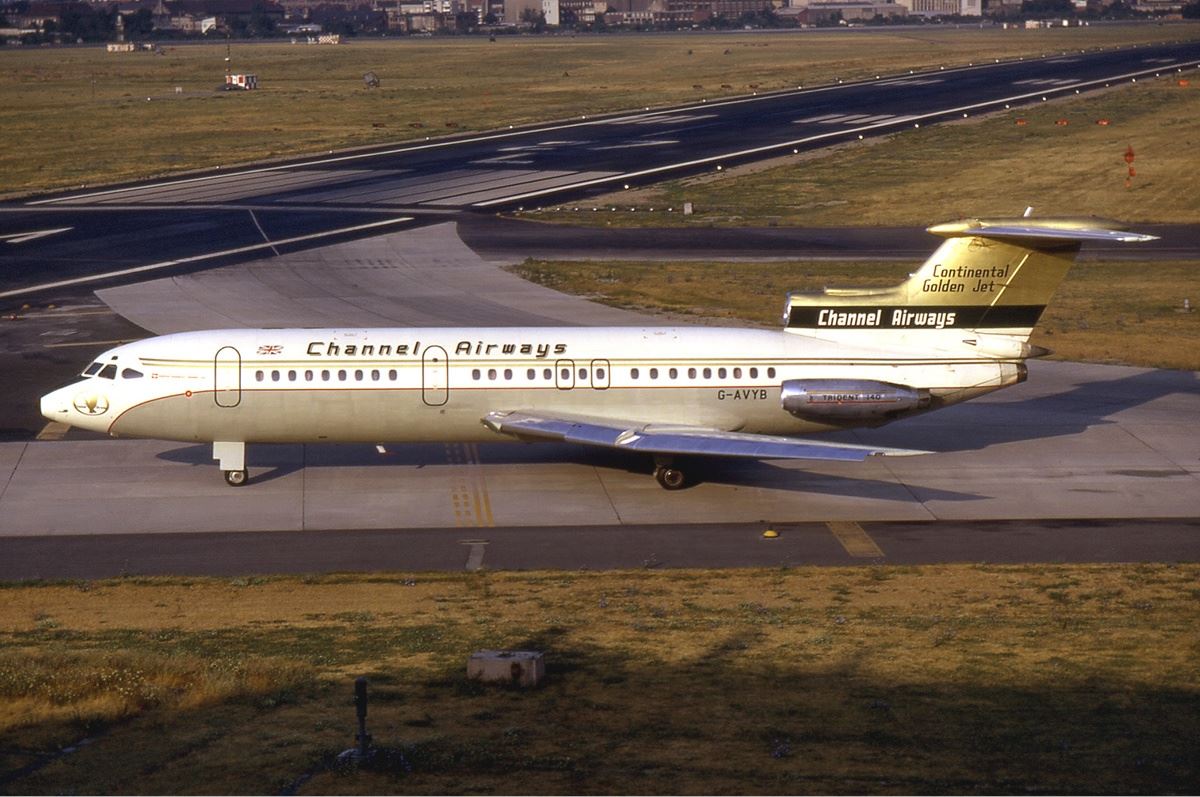

Any idea if Jetstar is as awful as is reputed? I was talking with some Aussies in Bali and they referred to it as Deathstar and said it had a pretty bad reputation but was cheap.
Jetstar are totally fine! I’ve heard of the Deathstar moniker before, it’s very Australian. The reason for that is because the two other domestic airlines – Qantas and Virgin – are so unbelievably good by world standards that they think Jetstar is no good. I’ve flown with them and they’re a standard low cost carrier. They’ve had no safety issues or anything like that, so you’d be fine flying with them. I’d say it’s Deathstar only because it implies bad, rhymes, is a Star Wars reference etc etc… 🙂
The Ansett 747 service Sydney to Tokyo with there sky chef was one of my highlights of flying in that period of time
Happened to be at Ayers Rock the night before there collapse and noticed the AAKINGS buses arriving to get customers out the next morning there last good dead to organise this.
I have heard that Ansett’s service was pretty decent on the long haul services. You don’t see a Sky Chef on Qantas, that’s for sure. Interesting info on the buses – makes sense, people always said the Ansett staff were very good. Thanks for the comment!